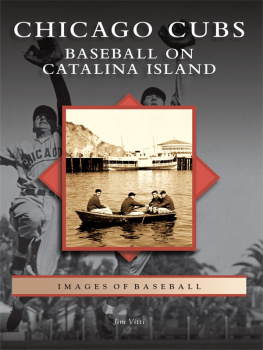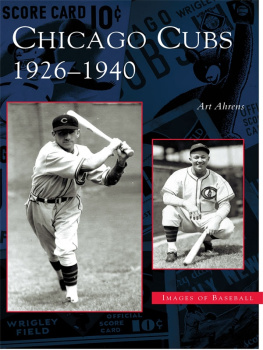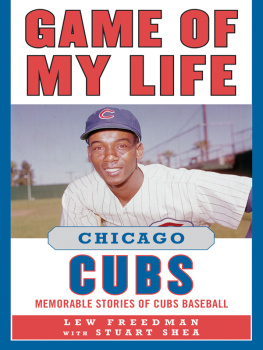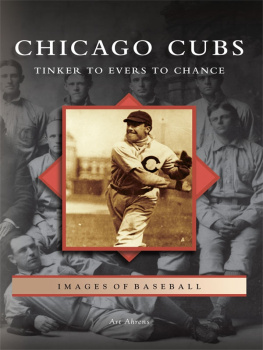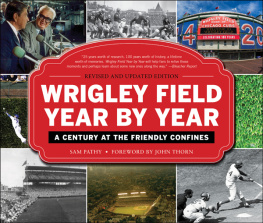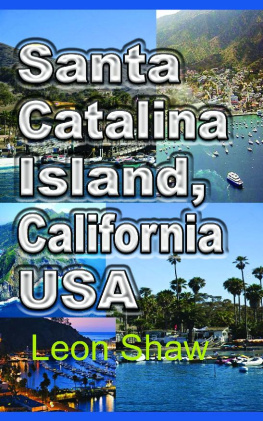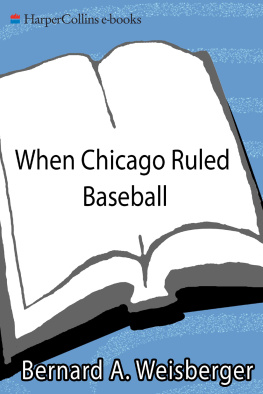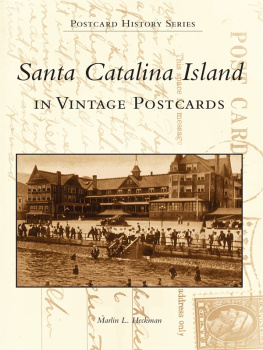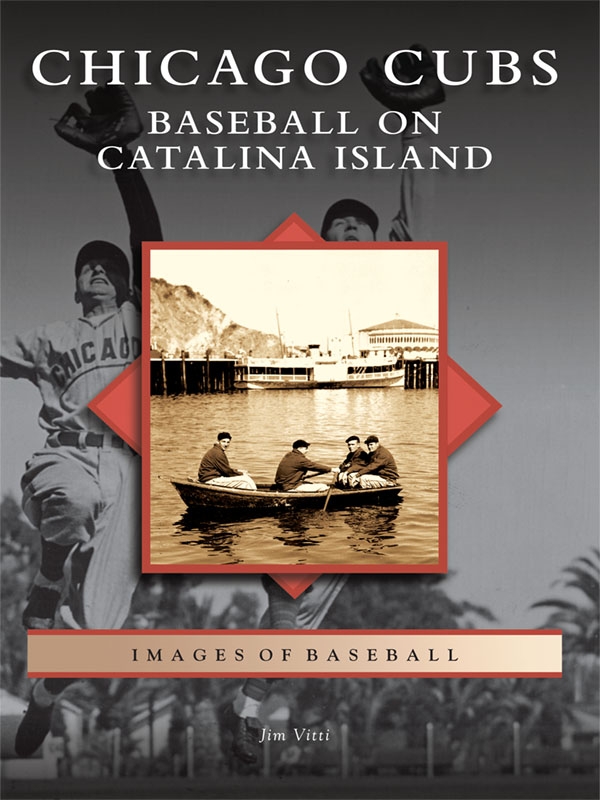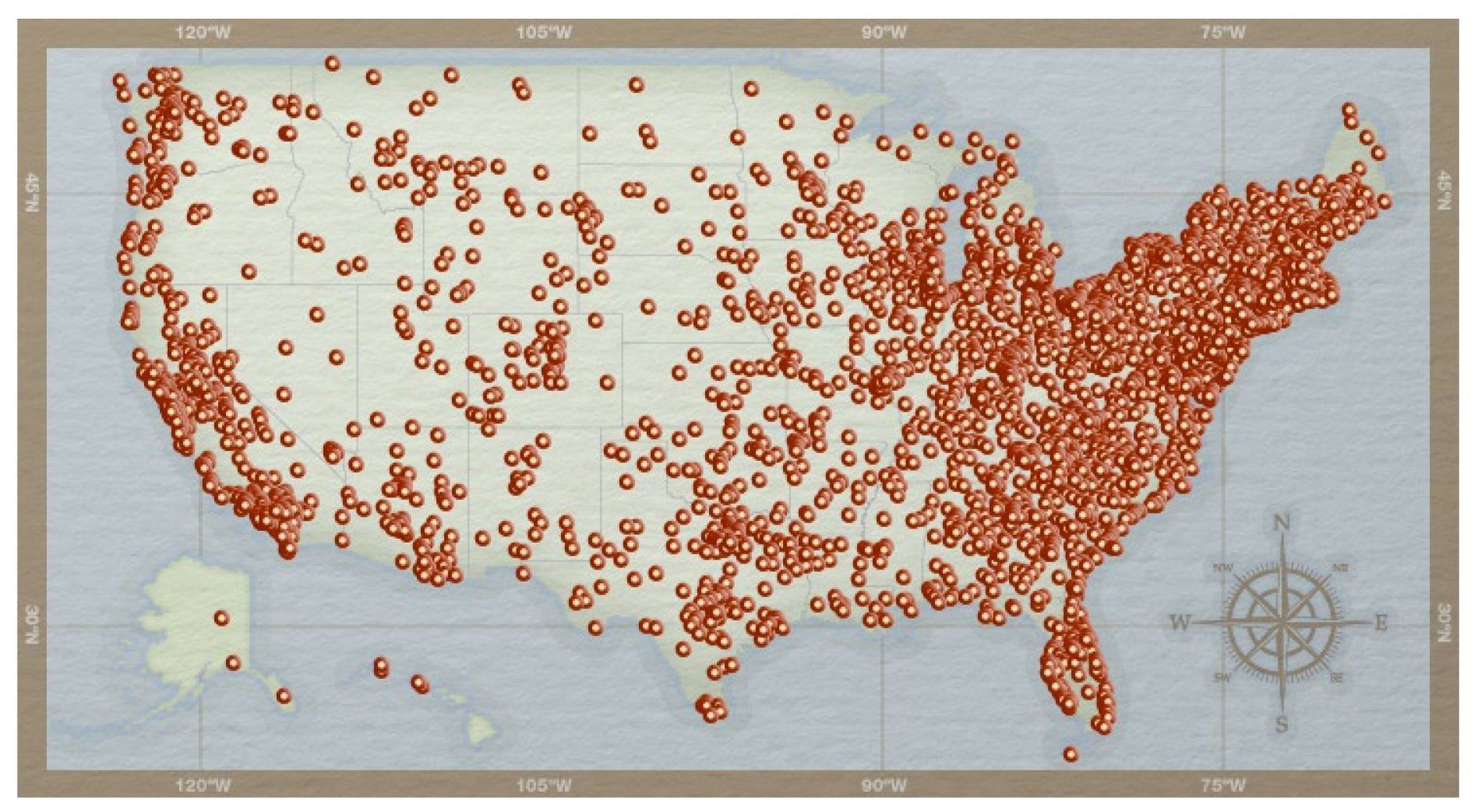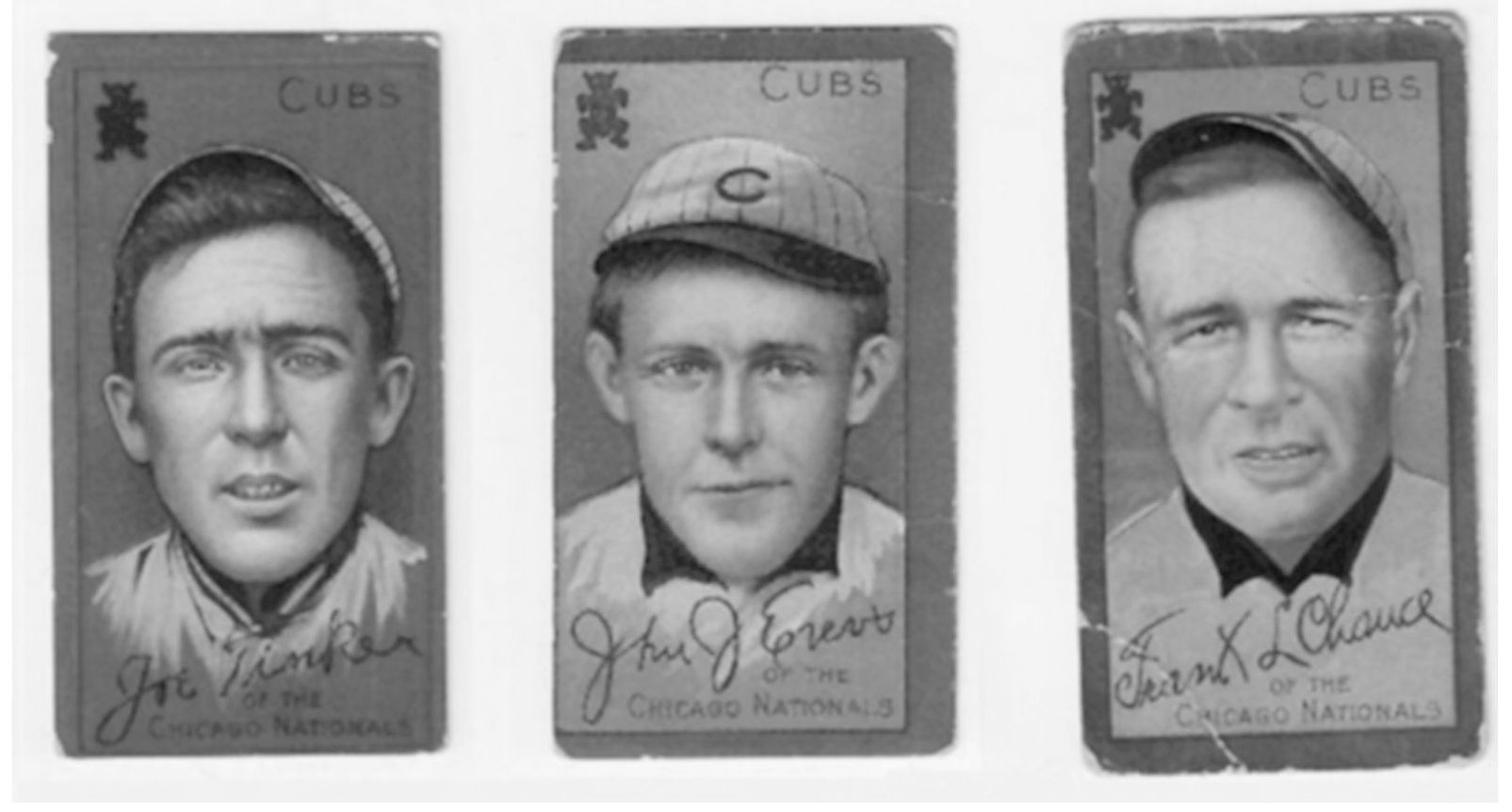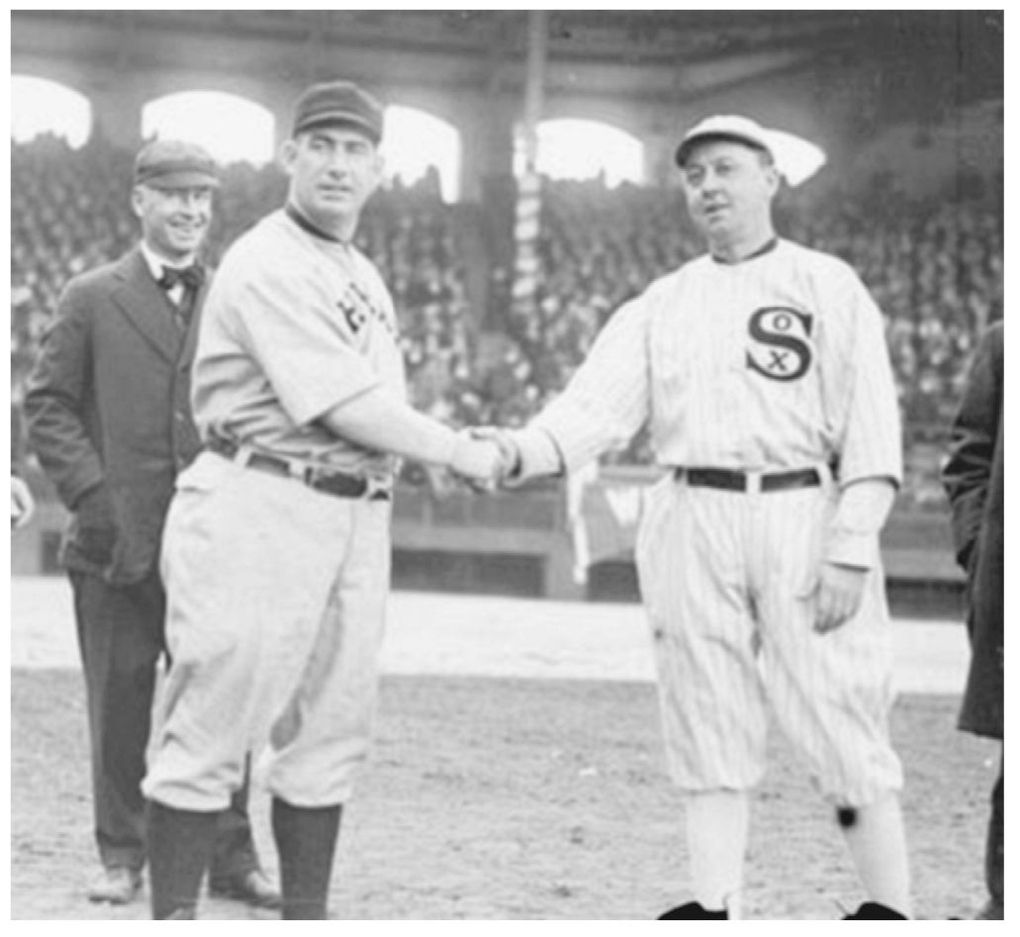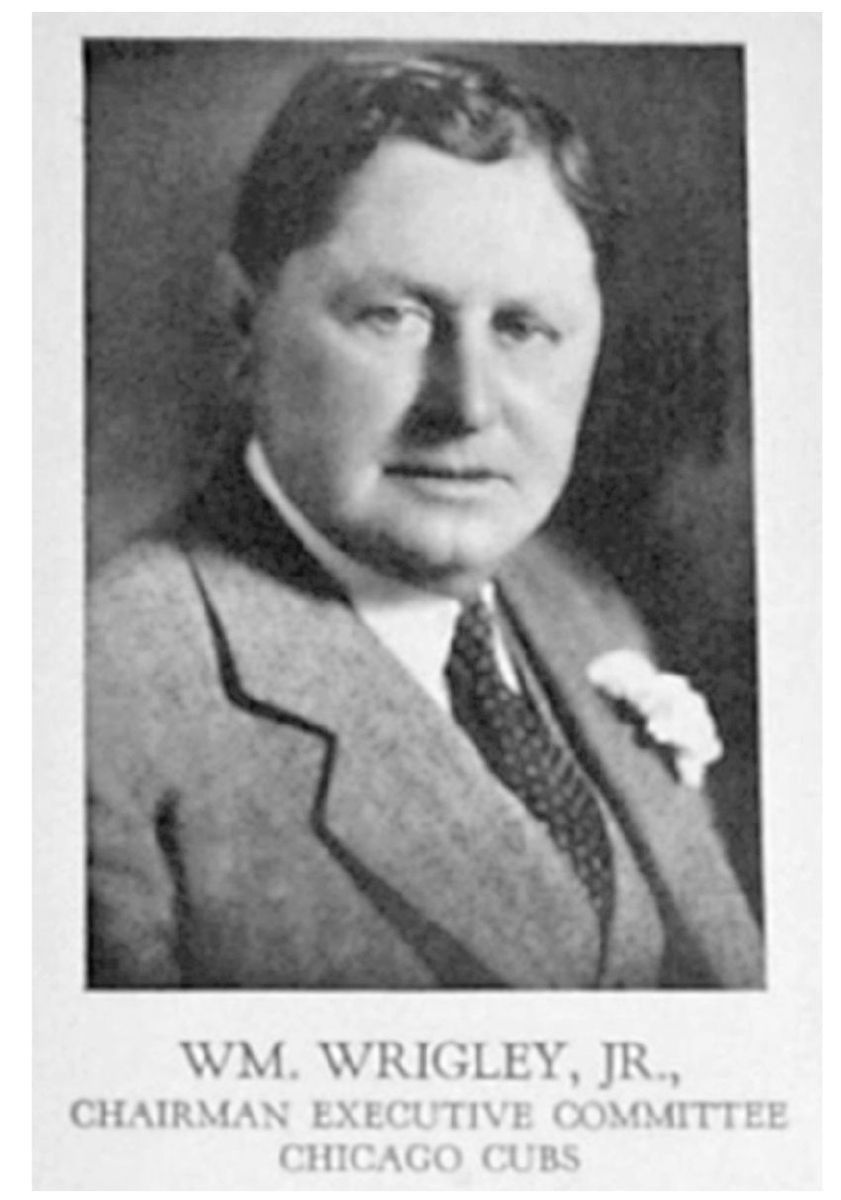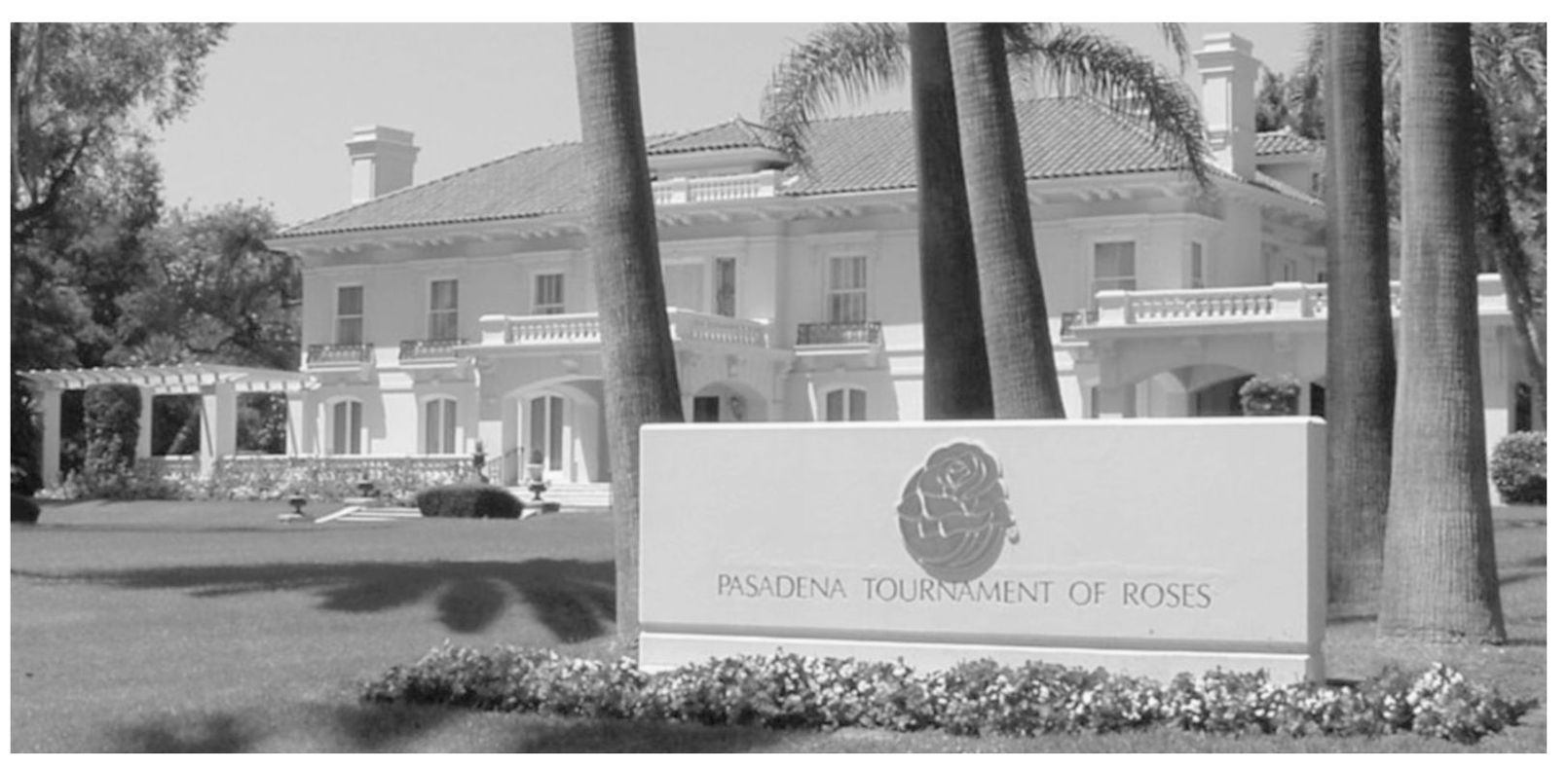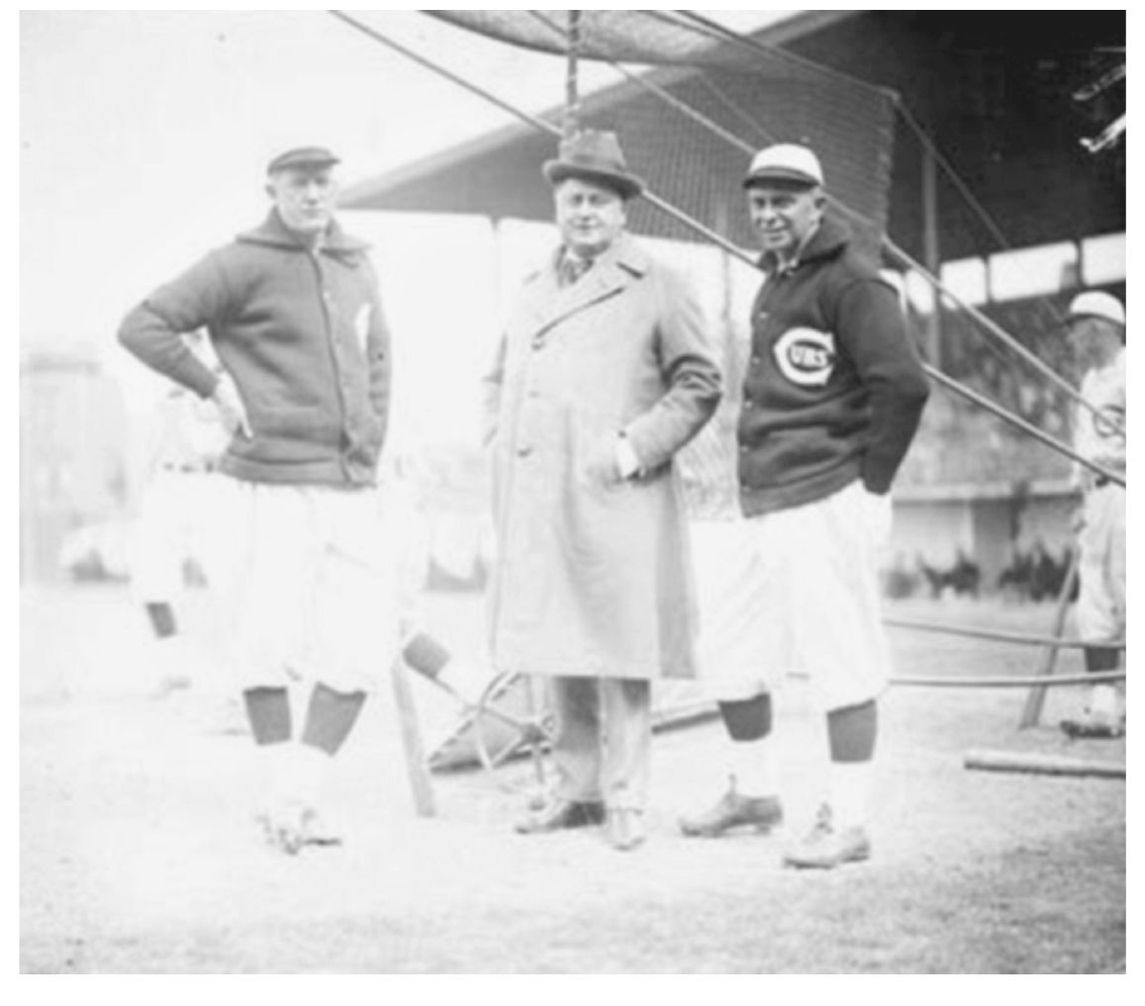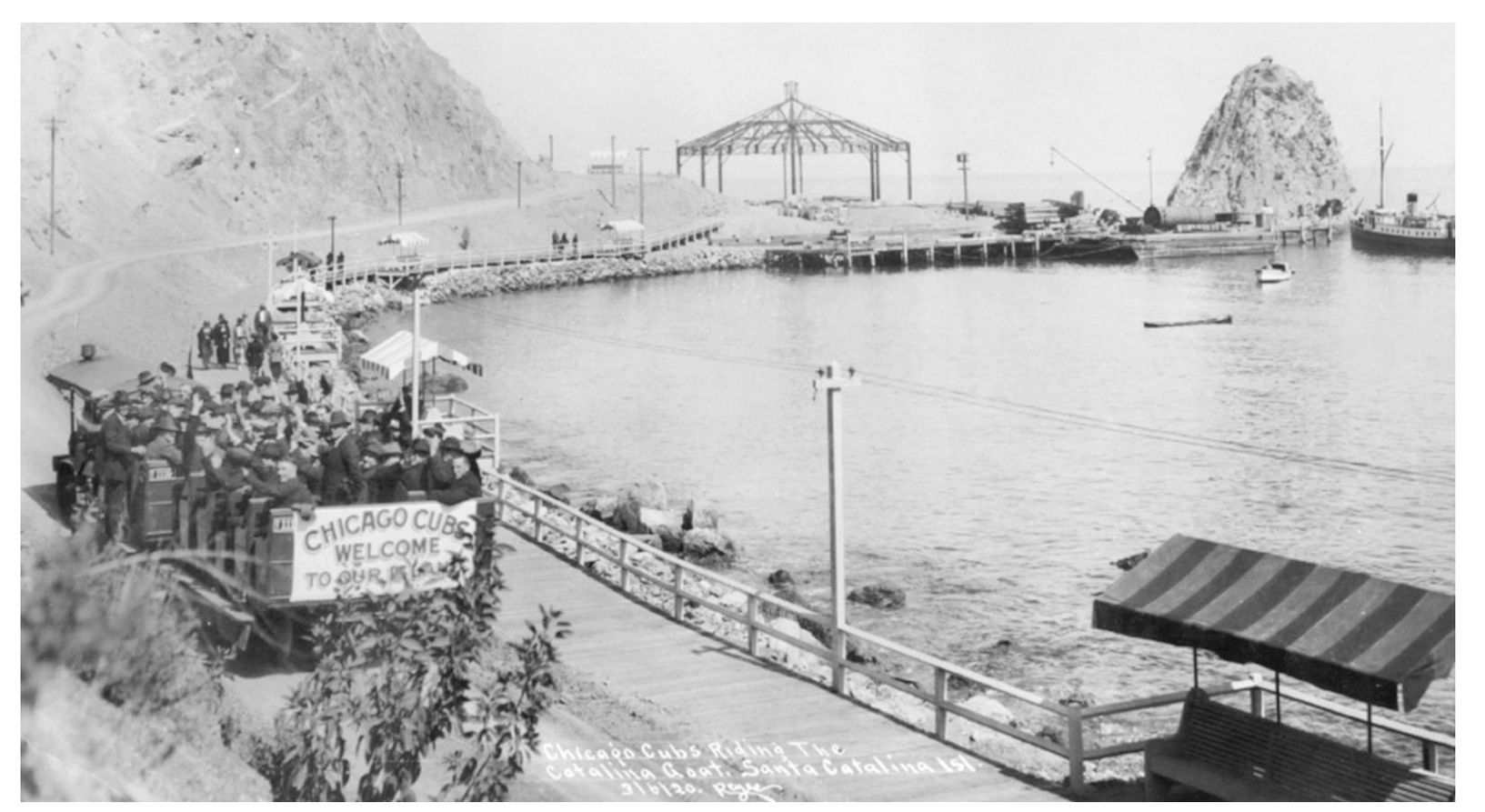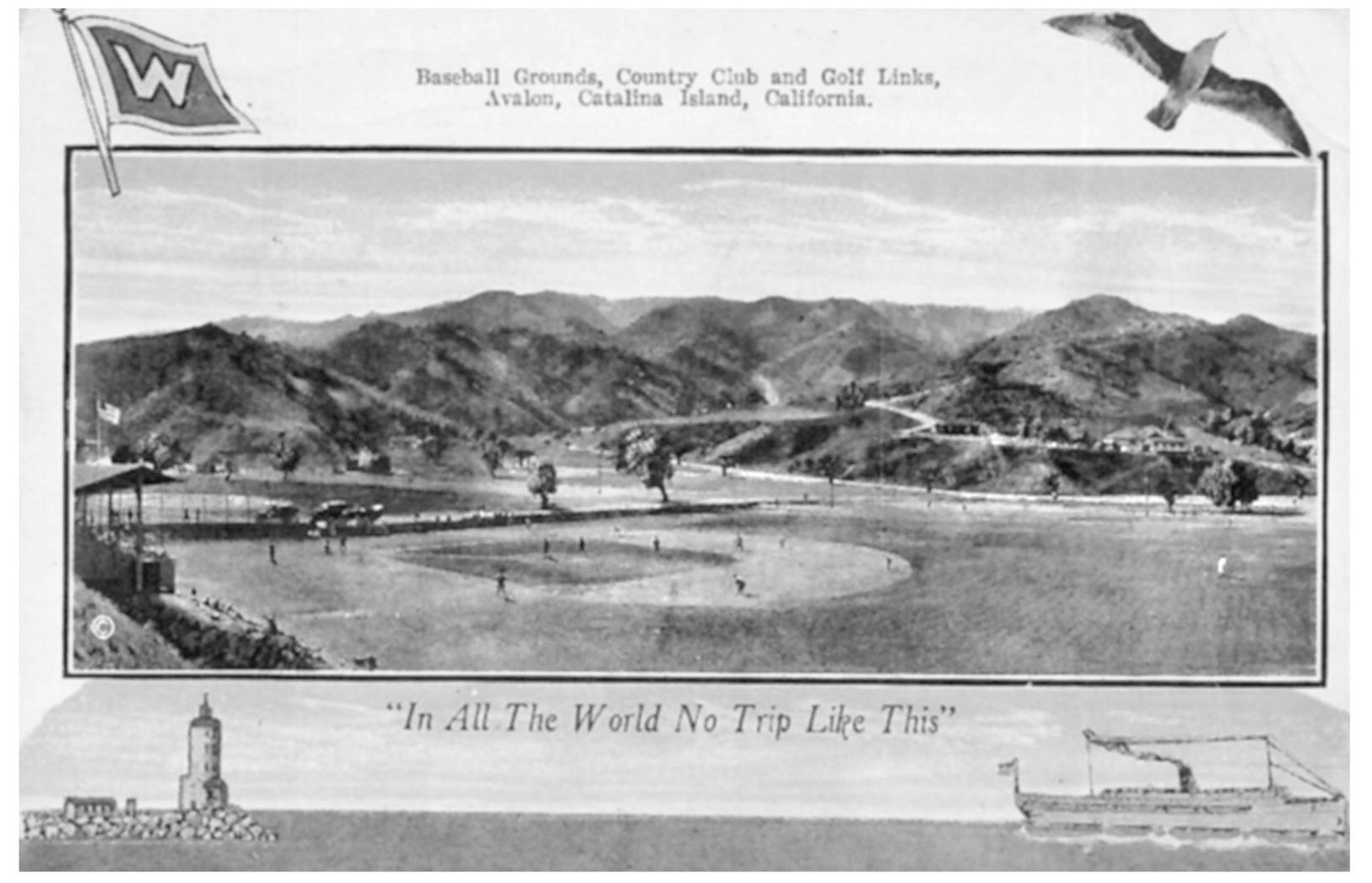ACKNOWLEDGMENTS
A lot of people contributed to this book. In Avalon, Stacey Otte and Jeannine Pedersen of the Catalina Island Museum... Gail Hodge and Audry Paradisi of the Santa Catalina Island Company... and Lolo Saldaa made it magical. On the mainland, dozens of Catalina Cubs and family members generously shared stories and photos: Red Adams, Lee Anthony, Della Root Arnold, Don Carlsen, Lefty Carnett, Phil Cavarretta, Ed Chandler, Jack Cowell, Lonny Frey, Olinda and Pam Hacker, Buddy Hartnett, Sheila Hartnett Hornof, Randy Jackson, Yosh Kawano, Hub Kittle, Johnny Klippstein, Eddie Kowalski, Turk Lown, Gene Mauch, Carmen Mauro, Calvin Coolidge Julius Caesar Tuskahoma McLish, Lennie Merullo, Ox Miller, Charlie Owen, Bob Rush, Paul Schramka, Roy Smalley, Wayne Terwilliger, Corky Van Dyke, Sharon Epperly Vancil, and Gus Zernial.
Also, special thanks to Linda Hanrath of the William Wrigley Company, Nancy Reagan and her Chief of Staff Joanne Drake, Duke Blackwood of the Ronald Reagan Presidential Library, Parker Hamilton of the White House Press Office, Fay Gillis Wells, Bernard Taupin, Ernest Hemingway, the staff at the Chicago Public Library, and Jeff Ruetsche of Arcadiaa Hall of Fame caliber publisher/editor whos so good he needs a nickname.
All photographs are from the Bill Loughman Collection of the Catalina Island Museum and the Santa Catalina Island Company, unless otherwise credited. The baseball cards are thanks to Topps. For some Cubbie items, thanks to the Chicago National League Baseball Club, Inc. Other memorabilia, the Jim Allyn Collectionthanks to you and Rophe for always being there.
Find more books like this at
www.imagesofamerica.com
Search for your hometown history, your old
stomping grounds, and even your favorite sports team.
BEFORE CATALINA

The earliest spring training sessions involved soaking in hot-water mineral baths (to boil off the booze consumed during the winter) rather than exercise. The first official Cub camp, in 1900, was held in Selma, Alabama. Over the next two decades, the team tried New Orleans; Vicksburg, Mississippi; Hot Springs, Arkansas; Tampa, Los Angeles, and Santa Monica among others. In 1917, they went to Pasadenawhich led directly to their longtime love affair with Catalina Island. Before he started his sporting-goods business, Albert Spalding (left) started the National League. As player/manager for the 1876 Cubs (then called the White Stockings), his team won the first-ever National League pennant. They knew nothing of pitch counts; Al went 47-12 on the mound that season. Spalding recruited Cap Anson (right) to Chicago, and over the next 22 seasons Cap hit .300 or better 19 times. Anson went on to manage the team as they morphed into the Colts and the Orphans before finally becoming the Cubs. For a while, he was part owner.
These are the saddest of possible words: Tinker to Evers to Chance. Such was the lament of New York Giants fan Franklin Pierce Adams in his 1910 poem, Baseballs Sad Lexicon . Joe Tinker, Johnny Evers, and Frank Chance were the mainstays of the Cubs infield during a decade when the team won four pennantsand two straight World Series crowns. Evers went on to be the first Cubs manager to take the team to Catalina Island, in 1921.
The Cubs and White Sox met in a crosstown World Series in 1906 (the Southsiders won), and the notion of an annual City Series was underway. By 1915, when Cubs skipper Roger Bresnahan made temporary peace with White Sox manager Pants Rowland, the frenzy was at full tilt. Rowland went on to scout for the Cubs and serve as president of the Los Angeles Angels before running the old Pacific Coast League (PCL) for yearsleading the leagues failed charge to achieve major-league status.
William Wrigley Jr. started a soap business in 1891. Testing which premiums increased profits the most, he discovered that baking powder did it. He abandoned soap in favor of baking powder. From there, he discovered that chewing gum helped sell the most baking powder. Wrigleys cleaning products were tossed altogether, and the rest is history: within a few years, business had boomed sufficiently for him to buy the Chicago Cubs and Catalina Island among other interests.
The Wrigleys acquired a winter place in Pasadena, California, in part because the Cubs had been going through their spring drills there. While there, in 1919, he bought Catalina Island (sight unseen). Years later, the mansion became the headquarters for the annual Tournament of Roses festivities.
The Cubs acquired pitcher Grover Cleveland Alexander and catcher Bill Killefer from the Phillies in December 1917. This duo helped lead the resurgent Cubs to the 1918 pennant, but they lost the World Series to the Red Sox (thanks in part to Boston pitcher Babe Ruths notching two wins). Wrigley, seen here with the pair, leveraged their stardom for publicity as he moved his team to the island.
Bad weather, crumbling practice facilities, and grumpy hosts in Pasadena inspired Wrigley to wonder if his island might work for spring training. While in Southern California in 1920, he took the team over for a lookwith typical Wrigleyesque fanfare. The locals rolled out the red carpet; the trip was a success, and his front office began planning the move for his team.
NO TRIP LIKE THIS
The Cubs went to Catalina every spring from 1921 to 1951, except during World War II (19431945), when they had to stay closer to home. The lengthy journey to and from the West Coast involved trains, steamships, occasionally a flight, and always merriment of all kinds. Wrigleys longtime slogan for Catalina was, In All the World, No Trip Like This. This 1925 postcard showcases some of his ambitious projects: a new ballpark, a country club, a golf course, and the SS Catalina steaming into Avalon Harbor from the mainland.

